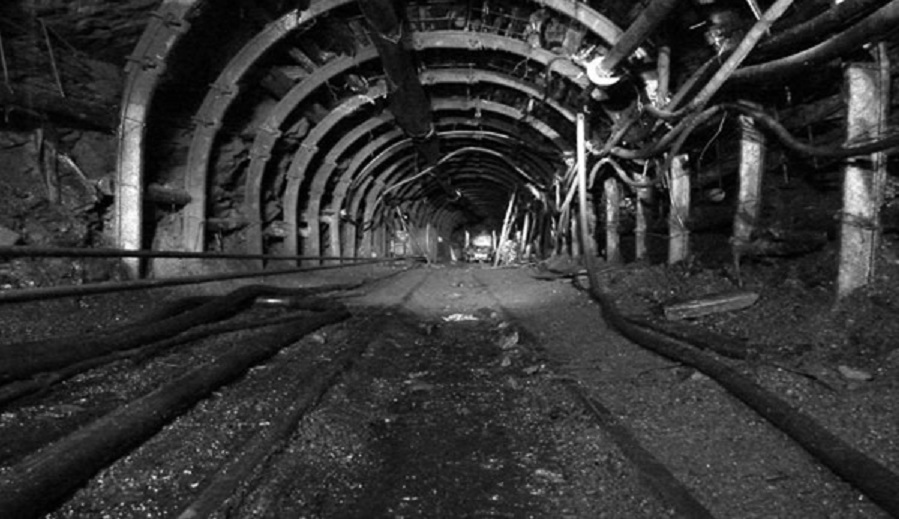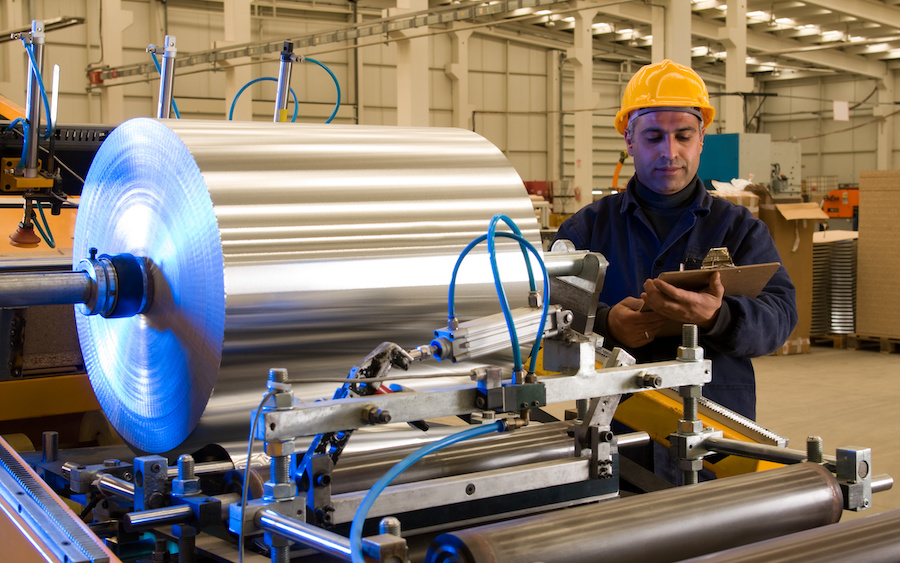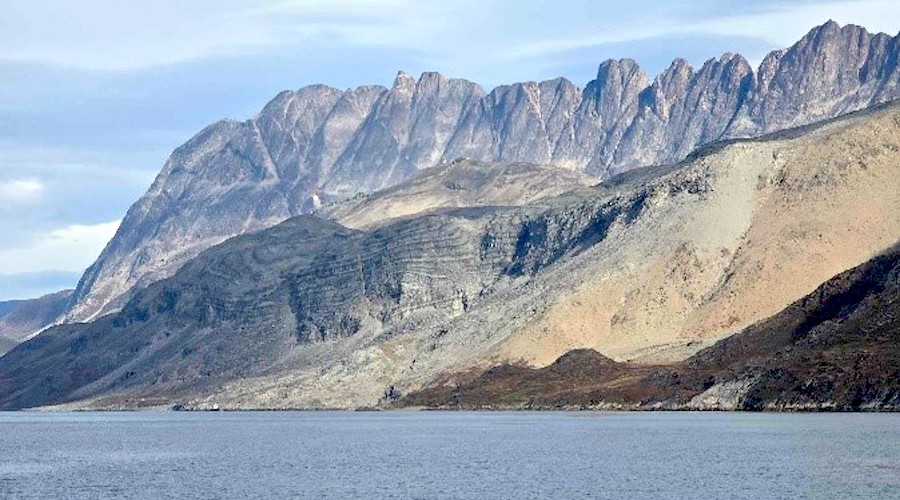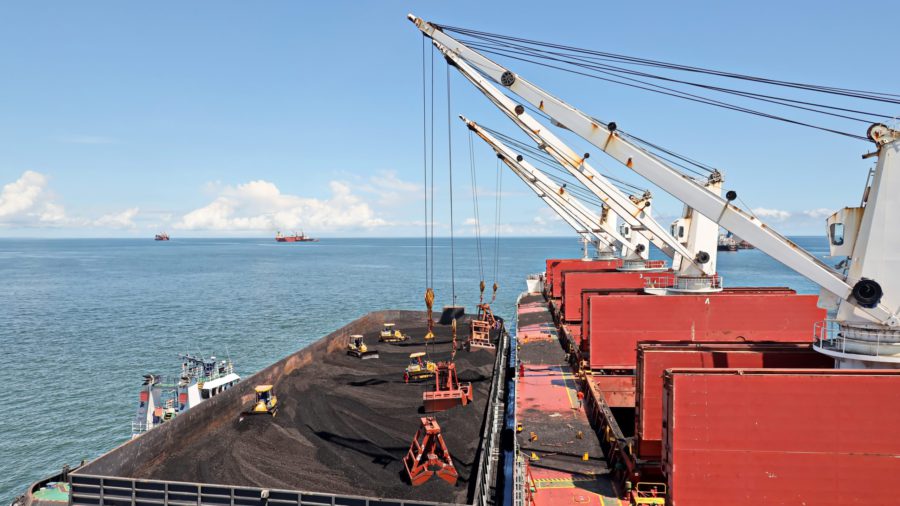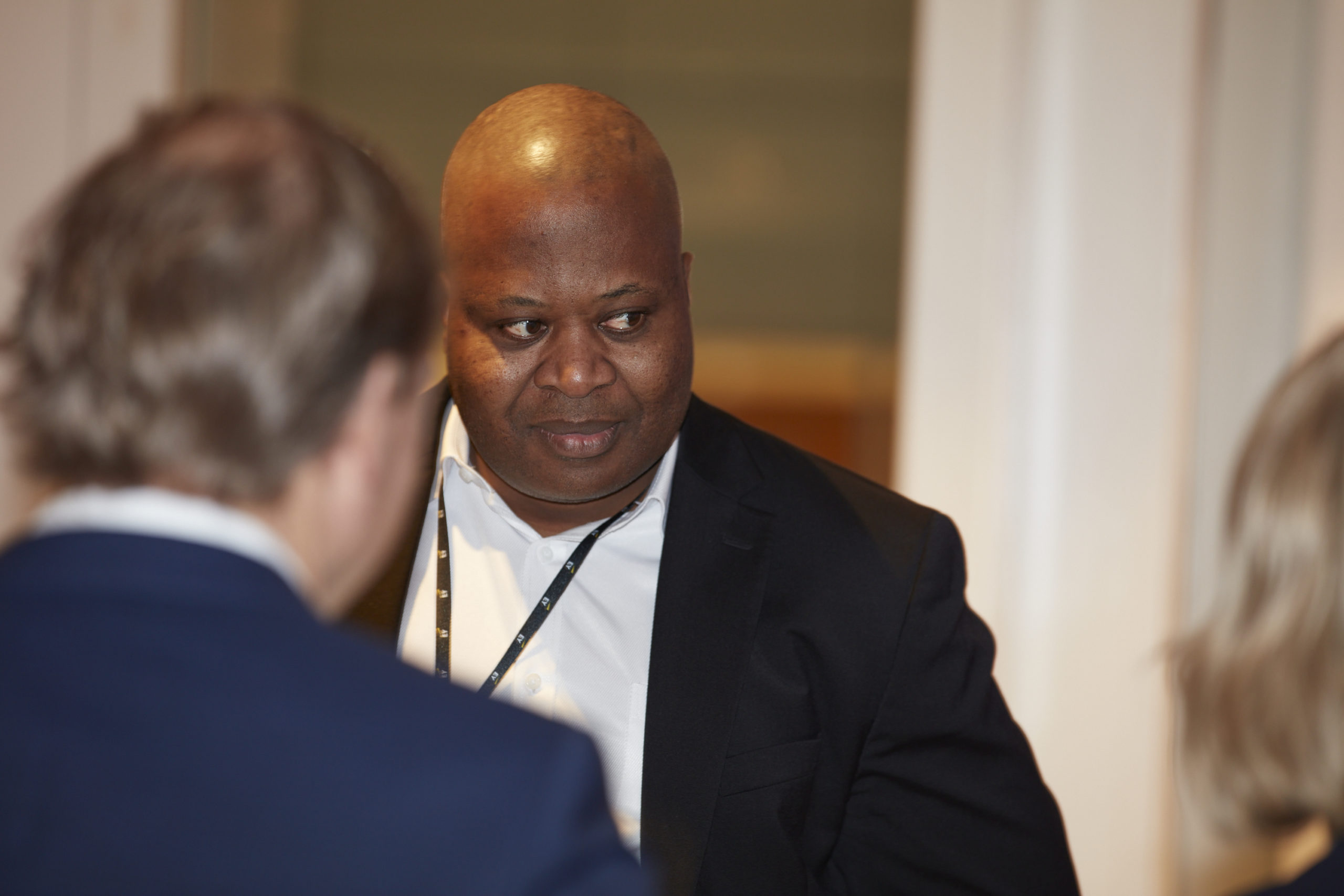“The media bubble around clean energy doesn’t reflect reality,” said Alan Svoboda, an executive director of Seven Energy, the utility and lignite miner owned by Tykac. “Our fundamental assumption is that these conventional assets will be needed in the near future to balance the grids.”
Governments across Europe are stepping up efforts to reduce pollution by phasing out coal use, unsettling the outlook for conventional power generators. RWE AG, Germany’s biggest energy producer, just added green generation assets to its fleet of coal plants in the utility industry’s biggest shakeup in years.
But as solar and wind power flood Europe’s grid, Tykac and his team reckon fossil-fuel plants are still needed to make up the shortfall in generation when the sun isn’t shining or the weather is calm. This situation may last another two decades, especially after Germany shuts all its nuclear power plants by 2022, Svoboda said in an interview.
Acquisition trail
Tykac, the Czech Republic’s sixth-richest person, owns Seven Energy, which operates a 500-megawatt coal-fired plant, lignite mining operations and a 25-strong trading team that buys and sells commodities in Germany and other western European markets. Tykac wasn’t available to comment for this article.
After losing a bid for the German lignite assets of Swedish utility Vattenfall AB in 2016, Tykac is looking at potential acquisition targets in countries from Germany to the U.K. and Italy. The aim is to close the first deal before the end of the year, Svoboda said, without disclosing specific targets.
In Germany, which still generates more than a third of its electricity from coal and lignite, large utilities may no longer want to commit the capital and resources to operate them, Svoboda said. Seven will be happy to take those assets off their hands.
There are risks. EU efforts to reduce greenhouse-gas output have prompted some nations to pursue legislation that would boost the cost of carbon emissions and make burning fossil fuels economically unattractive.
“To a large extent this risk is reflected in the price of these assets — that’s why they’re so cheap,” Svoboda said. “They still provide an interesting upside potential, even given the uncertainty.”
(Written by Ladka Bauerova)

